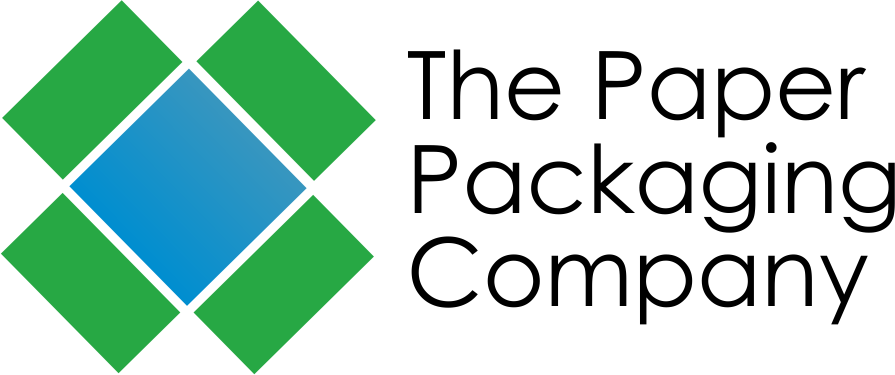In an era where sustainability is a critical concern for businesses and consumers alike, the choice of packaging material plays a significant role in environmental impact. Two of the most common materials used in packaging are paper and plastic. Understanding their environmental implications can help businesses make informed decisions that align with their sustainability goals. In this comprehensive analysis, we explore the environmental benefits of paper packaging over plastic, focusing on biodegradability, recyclability, and renewable resources.
Biodegradability: Nature’s Way of Recycling
One of the most significant advantages of paper over plastic is its biodegradability. Paper is made from natural fibers, which break down more easily in the environment. When exposed to moisture and oxygen, paper decomposes within weeks to months, depending on the thickness and type of paper. This natural process reduces the amount of waste that ends up in landfills and oceans, mitigating the negative impact on wildlife and ecosystems.
Plastic, on the other hand, poses a severe threat to the environment due to its long decomposition time. Conventional plastics can take hundreds to thousands of years to break down, during which they can cause substantial harm to marine life and pollute natural habitats. Microplastics, tiny fragments resulting from the slow degradation of plastic, have been found in water sources and food chains, raising concerns about their impact on human health.
Recyclability: Closing the Loop
Recycling is a crucial aspect of sustainable packaging, and here, too, paper holds a distinct advantage. Paper is one of the most recyclable materials, with a well-established infrastructure for collection, processing, and repurposing. According to the American Forest & Paper Association, approximately 66% of paper products were recycled in 2020. Recycled paper can be used to produce a variety of products, from packaging materials to office supplies, effectively reducing the need for virgin resources.
Plastic recycling, although theoretically possible, faces several challenges. The recycling rate for plastic is significantly lower than that of paper, with only about 9% of plastic waste being recycled globally. This low rate is due to several factors, including contamination of plastic waste, the complexity of sorting different types of plastics, and the economic viability of recycling processes. Moreover, each cycle of plastic recycling degrades the material’s quality, limiting its reuse potential.
Renewable Resources: Sustainable Sourcing
The sourcing of raw materials is another critical factor in assessing the environmental impact of packaging. Paper is made from wood, a renewable resource when forests are managed sustainably. Responsible forestry practices ensure that trees are replanted, biodiversity is preserved, and ecosystems are maintained. Certification programs such as the Forest Stewardship Council (FSC) and the Programme for the Endorsement of Forest Certification (PEFC) help verify that paper products come from sustainably managed forests.
In contrast, plastic is derived from fossil fuels, primarily petroleum and natural gas. The extraction and processing of these non-renewable resources contribute to greenhouse gas emissions, habitat destruction, and pollution. As the demand for plastic continues to grow, the environmental costs of fossil fuel dependency become increasingly unsustainable.
Conclusion: Making the Sustainable Choice
When comparing the environmental impact of paper and plastic packaging, paper emerges as the more sustainable option. Its biodegradability, higher recyclability, and reliance on renewable resources make it a preferable choice for businesses looking to reduce their environmental footprint. While plastic has its place in certain applications due to its durability and versatility, the long-term environmental costs are hard to ignore.
At The Paper Packaging Company, we are committed to providing eco-friendly packaging solutions that help our clients meet their sustainability goals. By choosing paper over plastic, businesses can not only enhance their environmental credentials but also contribute to a healthier planet for future generations.
For more information on our sustainable paper packaging solutions, visit our website or contact us today. Let’s work together to make a positive impact on the environment.




